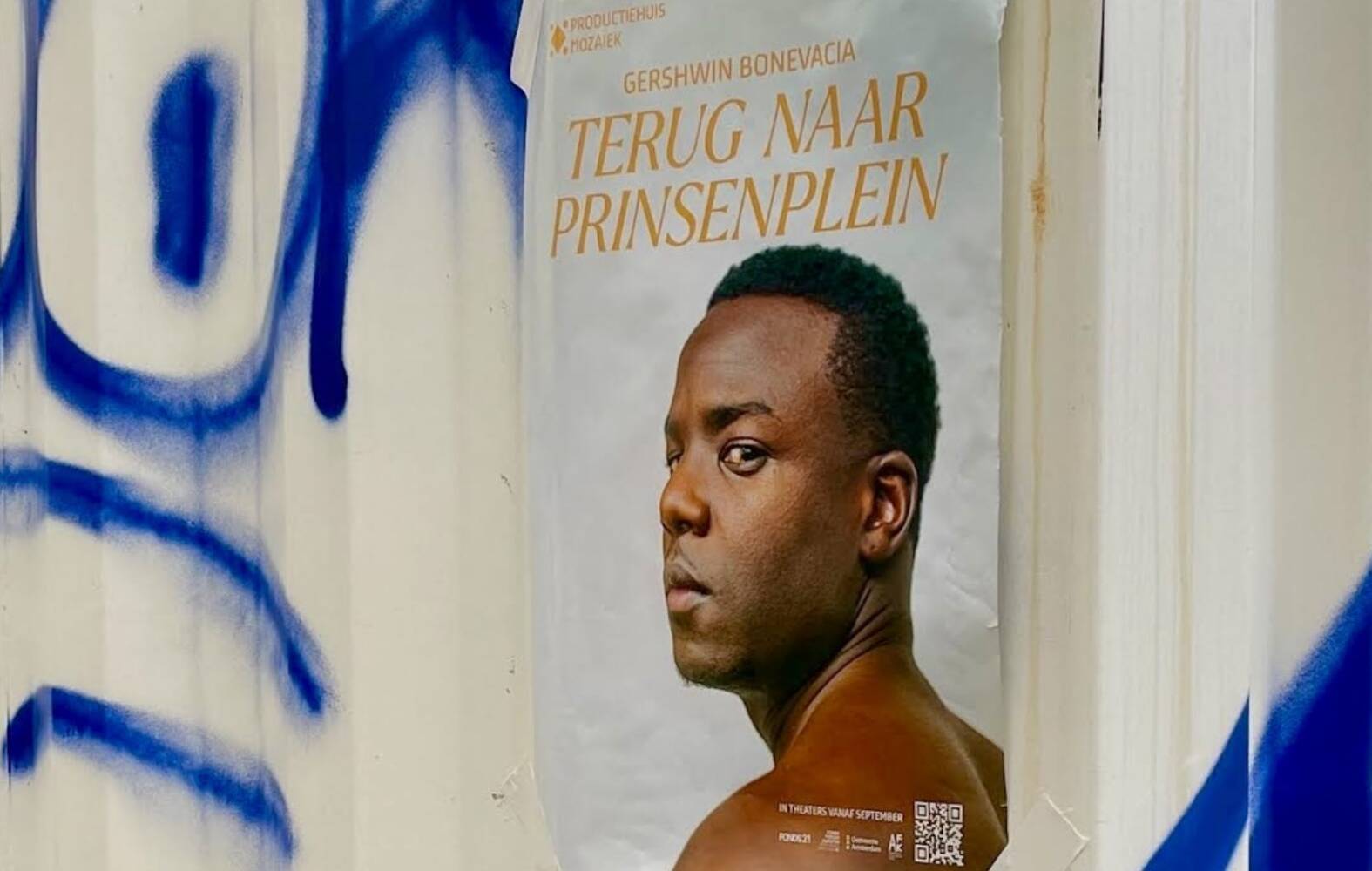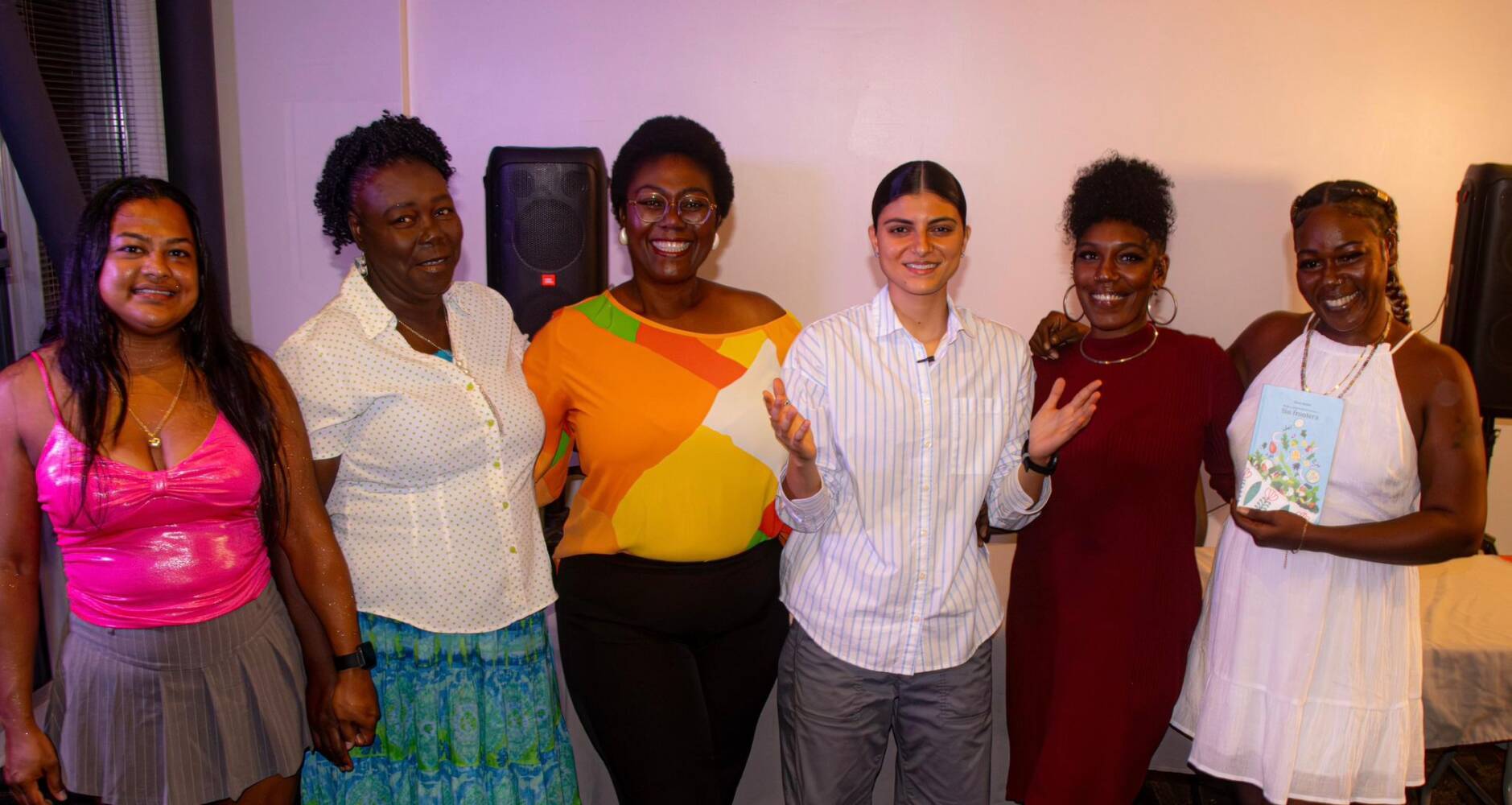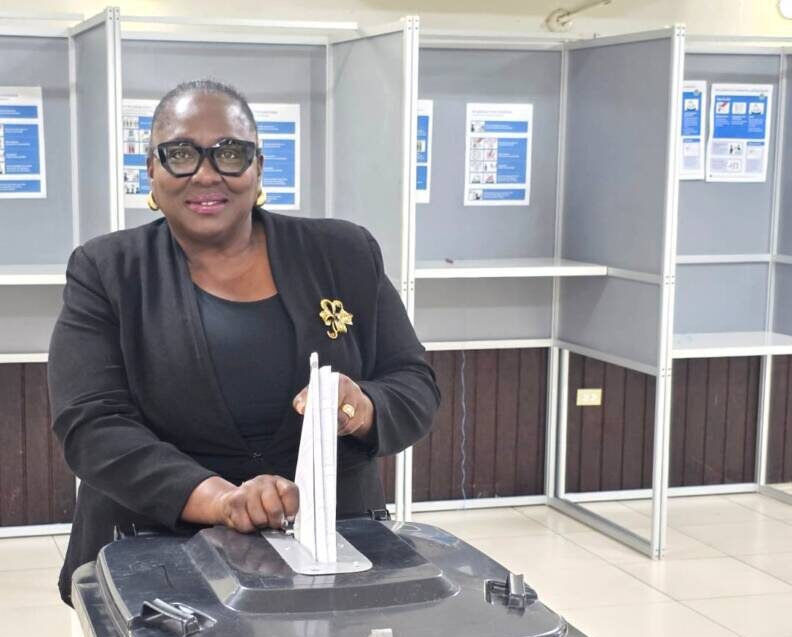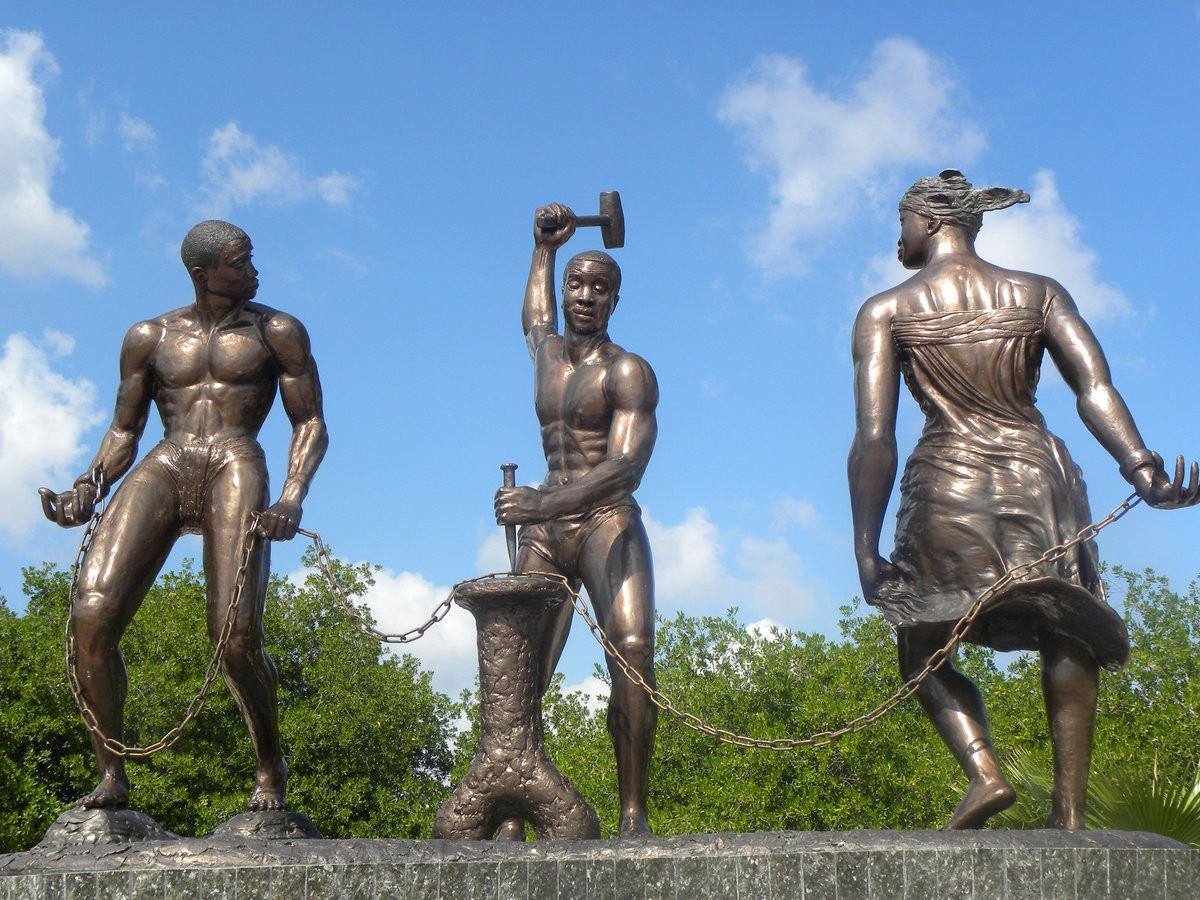What is it like growing up as a black Curaçaoan in the Netherlands? Poet Gershwin Bonevacia is about to premiere his theater performance in the Netherlands. He has already received many positive reactions and great reviews in the newspapers.
The 31-year-old is having a stormy career. He wrote poems for the newspaper Het Parool, has published two poetry collections and performs on radio, TV and at events as a spoken word artist. From the end of September he will tour the country with his first solo performance.
“The first tears flowed during the piece about good children and bad children,” is the reaction of Jonneke de Zeeuw after one of the try-out shows. “It came in like a comet. The story is recognizable,” says Eric Seleky, who has a Caribbean-Moluccan background.
In the middle of one of the gigantic halls of the NDSM shipyard in Amsterdam at the Over het IJ Festival, there is a small grandstand with about thirty visitors. Completely full. In front of it a large white stage and on it Gershwin Bonevacia in a white astronaut suit.
“Back to Prinsenplein is about a search for ten-year-old Gershwin, Gush,” he says. “It is a piece that is about identity, migration and poverty. Gush goes back to his birthplace where he grew up: Prinsenplein.”
Racism
In the performance, Bonevacia also says that he is not afraid of new challenges, even though he has had many setbacks as a black boy. “One day you are sitting on a swing…”, says Bonevacia in a calm tone in his performance. And then continues in a rising voice: “and someone calls you a cancer n**ger!”
The audience is silent. In the performance he talks a lot about his identity and struggles. “Good children go home at lunchtime, bad children are abandoned by their father.”
Bonevacia addresses various issues in his search. His dyslexia appears several times in his story. “I remember the jury thinking I was crazy: How can you be a poet and dyslexic? Now they ask me, where do you come up with all those metaphors!”
‘Papiamento is crucial to who I am’
“I consciously chose to also speak Papiamento in the performance, even though I know that eighty percent of the people who come to the performance will not understand it,” he says afterwards. Bonevacia grew up in the Netherlands. “But both my parents are from Curaçao.”
Bonevacia also points out the link from the slavery past to the present in his performance. He likes to dance to tambú and proudly talks about resistance hero Tula, raising his voice. “It’s important to include my background because it’s crucial to who I am today. The chains that once held our ankles still pinch us. But I’m standing here. Hopi brio!”, he shouts proudly.
Bonevacia is also looking for reconciliation, a visitor notices. “It is moving that he touches a core.” She doesn’t feel personally addressed, she says. “This is not my history as a white person at all, so to speak.”
“I recognize elements of it in my own youth,” says visitor De Zeeuw. “Very painful, but also beautiful lyrics. I had to restrain myself from standing up and cheering and clapping. It’s good that attention is now also being paid to this in the Netherlands.”
The performance can be seen in various cities in the Netherlands such as Amsterdam, Nijmegen, Rotterdam and Cappelle aan den IJssel.








